Computational modelling enhances the multidisciplinary approach to understanding the epithelial-to-mesenchymal transition in cancer metastasis.
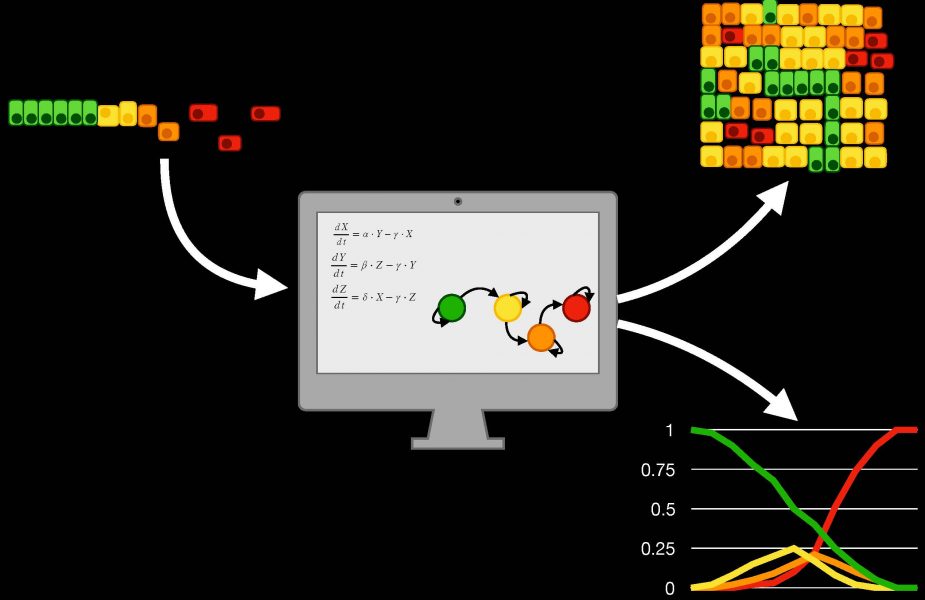


Computational modelling enhances the multidisciplinary approach to understanding the epithelial-to-mesenchymal transition in cancer metastasis.
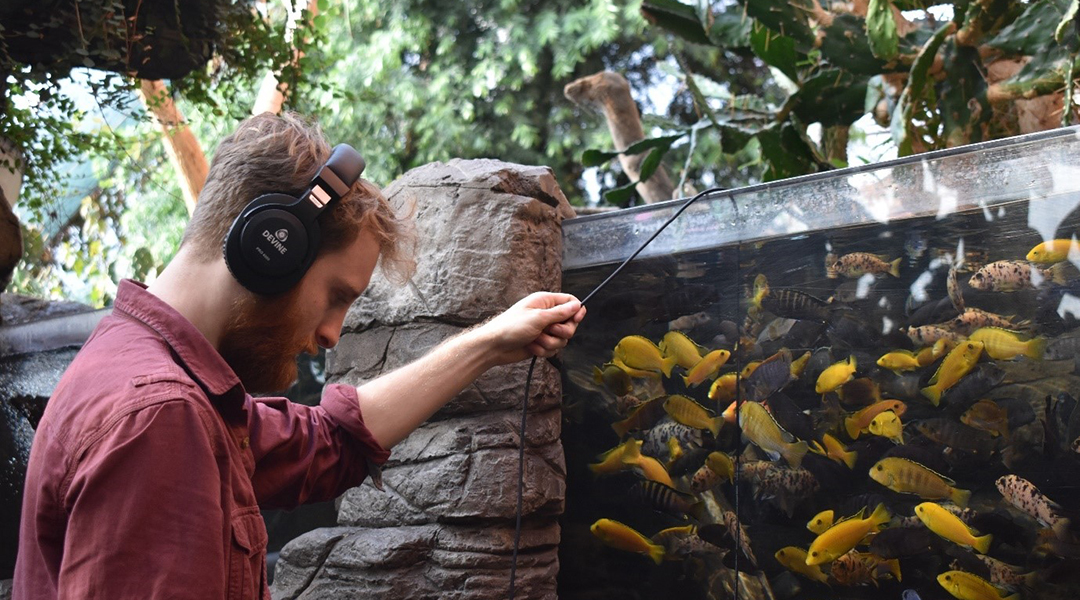
Freshwater ecologists are becoming interested in noninvasive surveying techniques, such as ecoacoustics, to gather crucial data and plan conservation efforts.
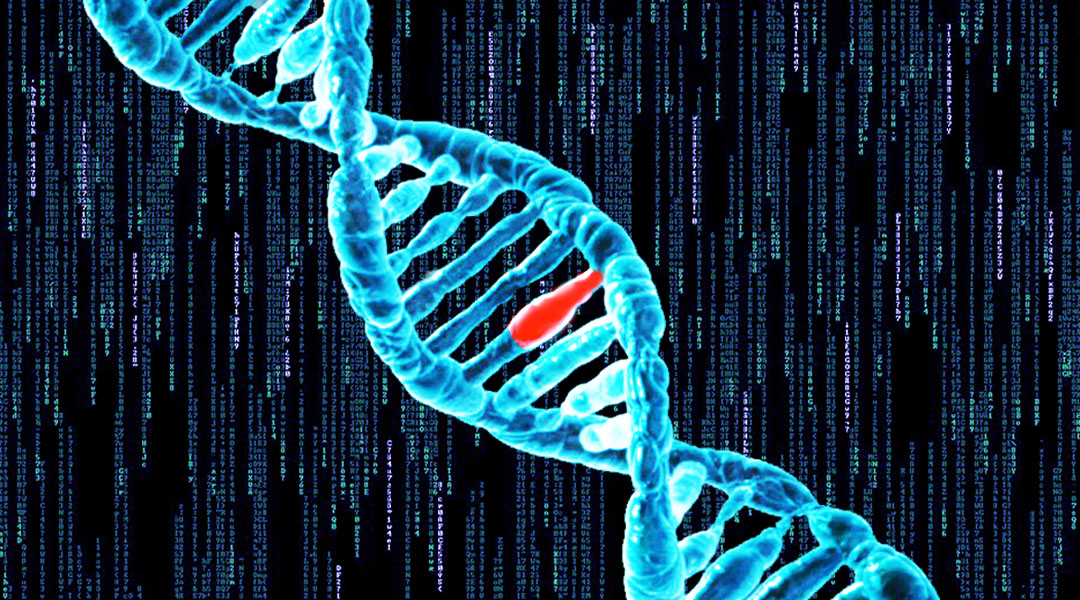
Computer modeling decodes the chemistry carried out by complex DNA repair enzymes to remove DNA damage caused by environmental exposure.

Making Europe go from bottled water to the tap will require political and societal attempts to induce behavioral change to mitigate the amount of plastic currently being consumed.

Computational screens allow researchers to efficiently determine how different elemental combinations can alter material properties to quickly identify 2D materials for next generation battery anodes.

Exploring advances in extracellular vesicles research made in the last ten-years and how its leading to better clinical applications.

There has been a growing interest in delivering action with results on the ground, which is shaping how cities and urban areas are responding to climate change.
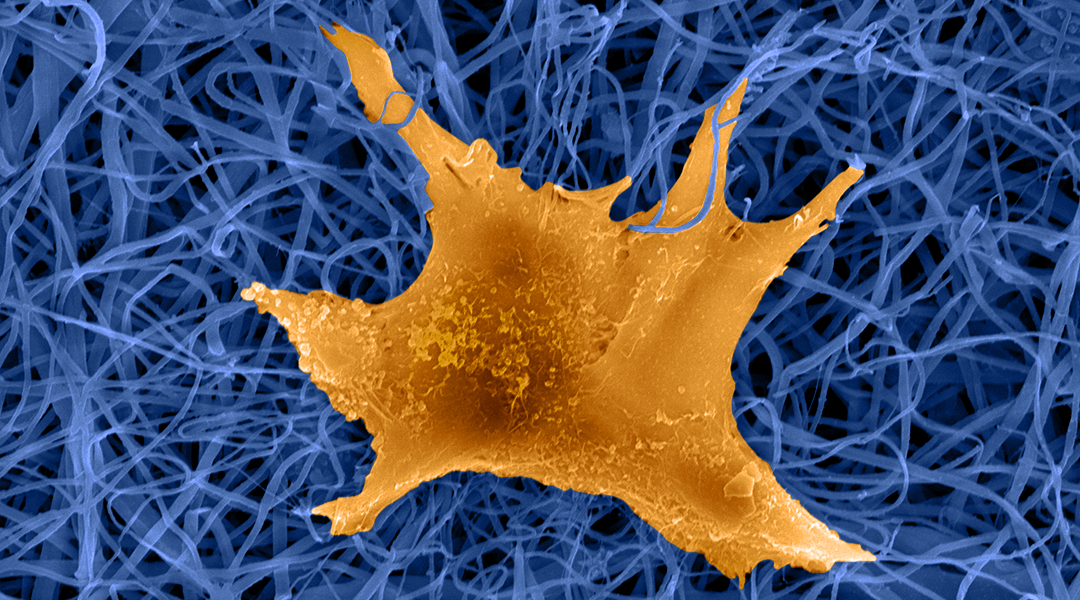
Electrospinning is an emerging fabrication technology that holds great promise in advancing skin tissue engineering and in developing an array of novel therapies.
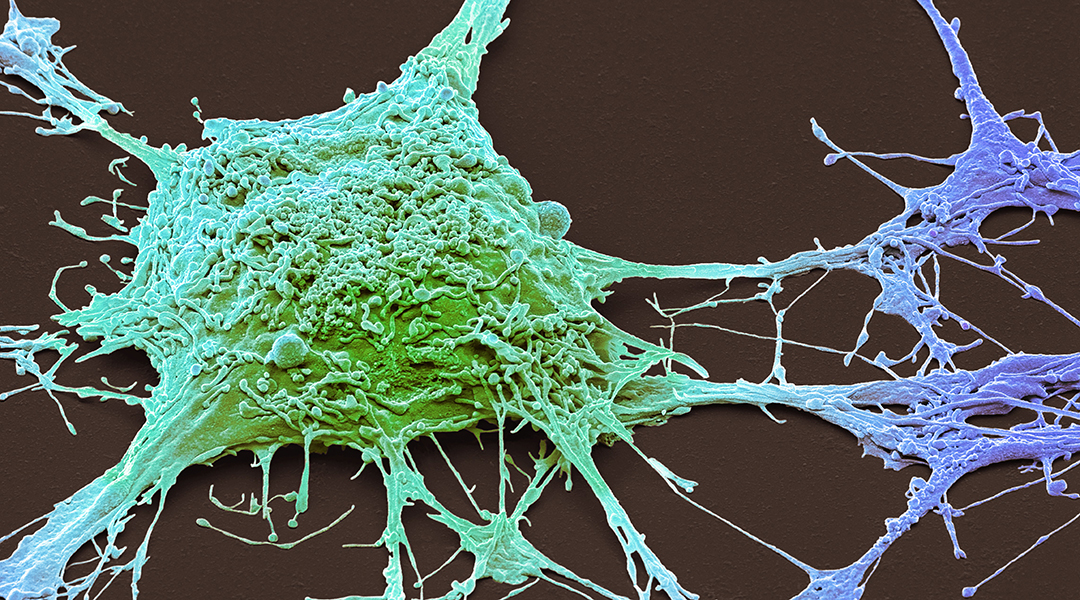
Understanding how mRNA localization changes during healthy brain functions and pathological conditions.
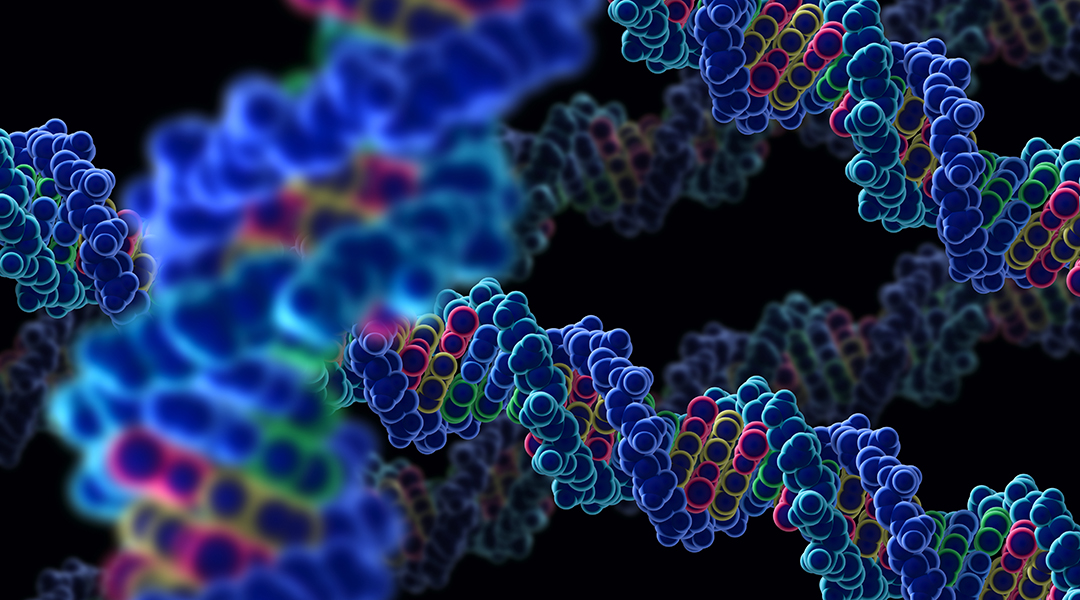
Every gene found in our DNA exerts its action via the activity of its encoded protein product. However, the synthesis of the protein cannot take place directly from the gene. An intermediate messenger RNA (mRNA) molecule is first produced from the gene via a process...